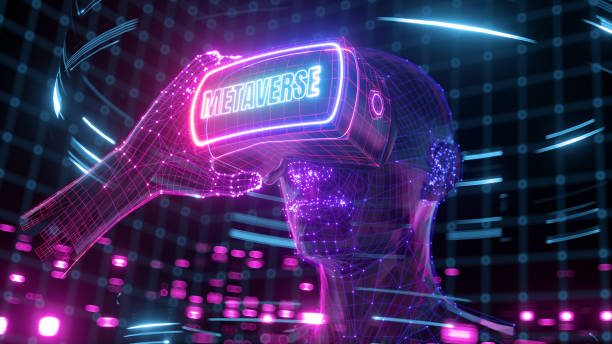Casino gaming has long adapted to new backdrops, from riverboats to desktop browsers and mobile platforms. The next frontier—often heralded as transformative—is the metaverse. Promising hyper-immersive virtual experiences, the metaverse is increasingly presented as the future of digital interaction, including entertainment and gambling.
Yet, the contrast between visionary potential and present-day application is considerable. Within the casino sector, this gap reveals both emerging momentum and considerable limitations.
Table of Contents
Spanish Slot Machines and Virtual Expansion
Across Europe, few markets have adapted to digital gambling trends with the same fervor as Spain. Within this landscape, tragamonedas (Spanish for slot machines) stand out for their swift embrace of online transformation. Developers in Spain have been among the earliest to experiment with virtual reality enhancements for classic slots, introducing animated reels and interactive game spaces accessible through VR headsets.
These innovations illustrate a broader aspiration: merging cultural familiarity with next-generation technology. Spanish developers, often overlooked in global conversations, have quietly contributed to the early architecture of immersive gambling experiences—especially in the realm of metaverse-compatible content.
Current Metaverse Casino Capabilities
Present implementations of casinos in the metaverse include basic interaction spaces on platforms such as Decentraland and The Sandbox. These surroundings offer virtual real estate where users can play table games, interact with avatars and attend live events. The visual stylization and customization options appeal to younger digital-native audiences, yet core gaming mechanics remain mostly traditional.
Slots, roulette and poker retain similar RTP models, win frequencies and regulations as in standard online casinos. The main difference lies in presentation, atmosphere and optional NFT integrations. At this stage, functionality is still rooted in conventional casino infrastructure with an experimental visual overlay.
Technical Limitations and Regulatory Gaps
One of the primary obstacles facing the metaverse gambling sector is the high technical barrier for developers and users. Most platforms require advanced graphics hardware, stable connectivity and interoperability across blockchain domains. Many of the leading engines lack uniform standards, delaying mass adoption.
Moreover, gambling regulations in virtual habitats are underdeveloped, varying significantly by jurisdiction. While traditional online casinos are governed by specific licenses and audit standards, metaverse spaces often operate in regulatory grey zones, particularly when NFTs or cryptocurrencies are involved. These gaps expose players and developers to operational uncertainties and legal ambiguity.
Economic Incentives Driving Aspirations
Despite its challenges, the metaverse continues to attract investment from gaming companies and venture capitalists. The promise of decentralized ownership, player-driven economies and monetized social experiences remains enticing. Many casino platforms are developing tokenized reward systems, gamified loyalty programs and avatar-driven customization tools.
These aspirational features are pitched as differentiators that could one day surpass the appeal of standard online casino platforms; however, much of the current progress remains in the conceptual or beta-testing phase. User numbers in metaverse casinos remain modest compared to mobile or browser-based counterparts, reflecting the current disconnect between vision and scale.
Cultural Considerations and User Behavior
Another significant factor in the metaverse’s limited adoption in casino gaming is user behavior. Many players value convenience, speed and clarity—attributes more readily available on traditional interfaces than in fully immersive surroundings. While 3D exploration and avatar socialization add novelty, they may detract from the straightforward experiences preferred by many gambling demographics.
Additionally, different regions have distinct attitudes toward virtual gambling. While Spain’s tragamonedas developers are exploring immersive domains, adoption rates vary considerably in Asia, North America and Northern Europe, where cultural, economic and legislative contexts shape both interest and implementation.
Hybridization Over Revolution
Rather than a full replacement for traditional online gambling, the metaverse appears more likely to influence future casino experiences through hybrid models. Elements such as immersive lobbies, customizable avatars and social betting rooms may supplement standard platforms without completely reshaping them.
This transitional strategy may allow broader integration of metaverse features without alienating core user bases or incurring excessive infrastructure costs. Incremental change, driven by real-world engagement data and cross-platform interoperability, seems more viable than wholesale reinvention at this stage.
Assessing the Balance
The metaverse remains a powerful symbol of digital possibility within the gambling industry. In practice, however, actual implementation is cautious and fragmented. Spanish tragamonedas innovators and experimental casino architects are setting early benchmarks; however, widespread transformation remains distant.
As technical capabilities mature and legal clarity increases, more robust frameworks may emerge. Until then, the casino-metaverse relationship will continue as a compelling—but uneven—dialogue between potential and practicality.

